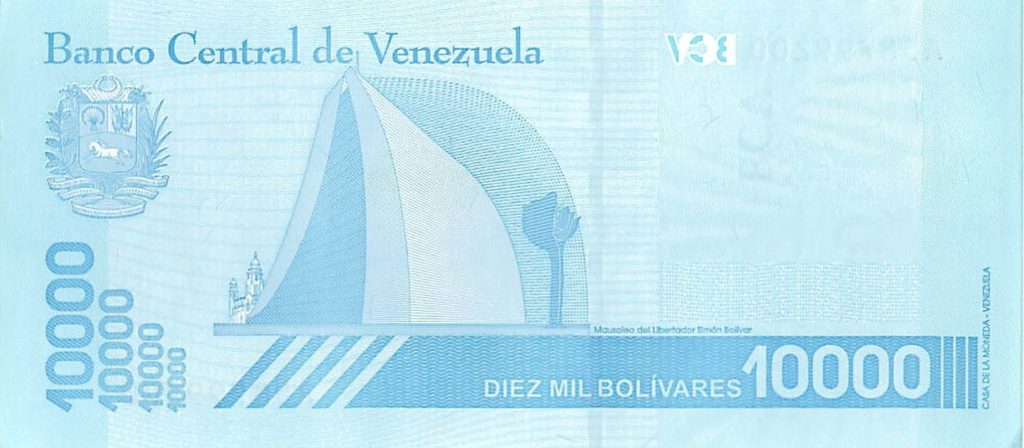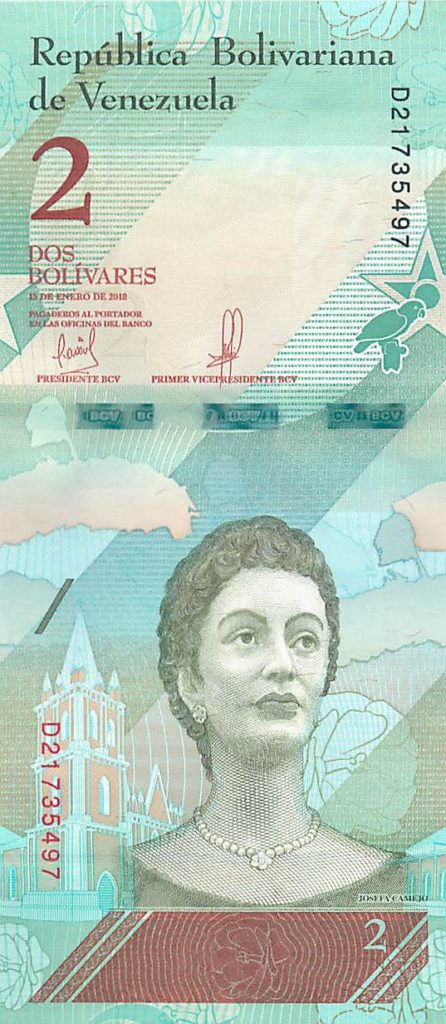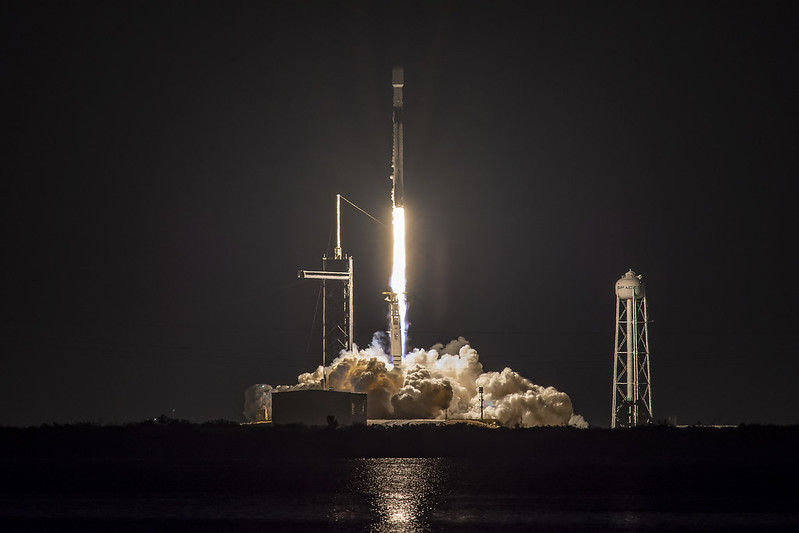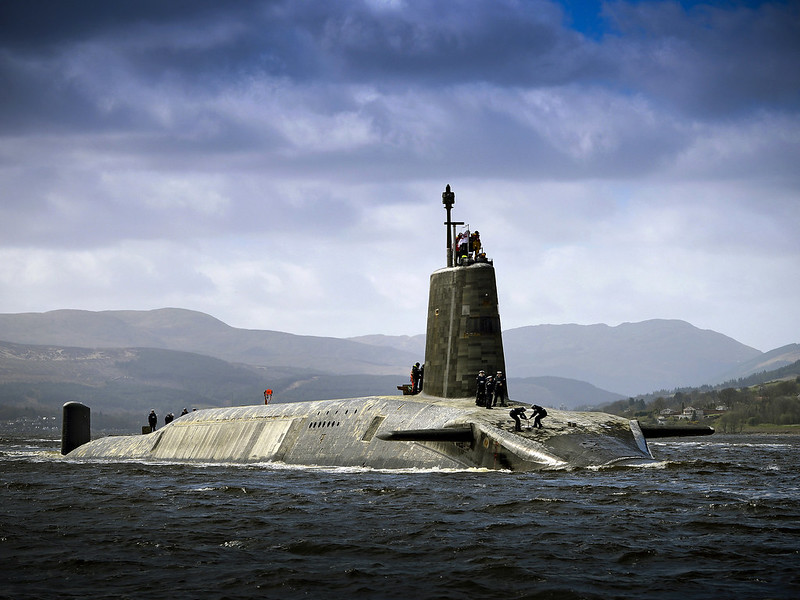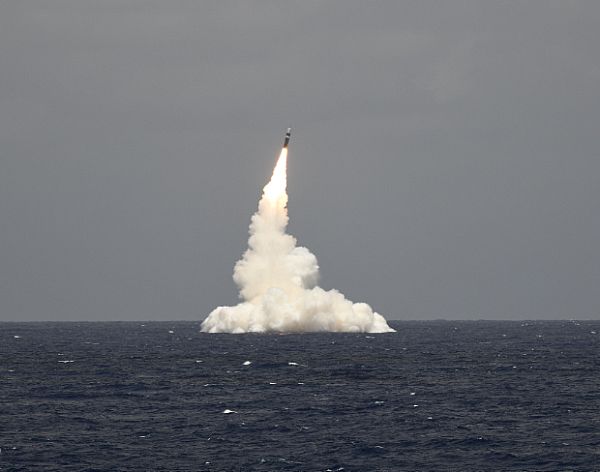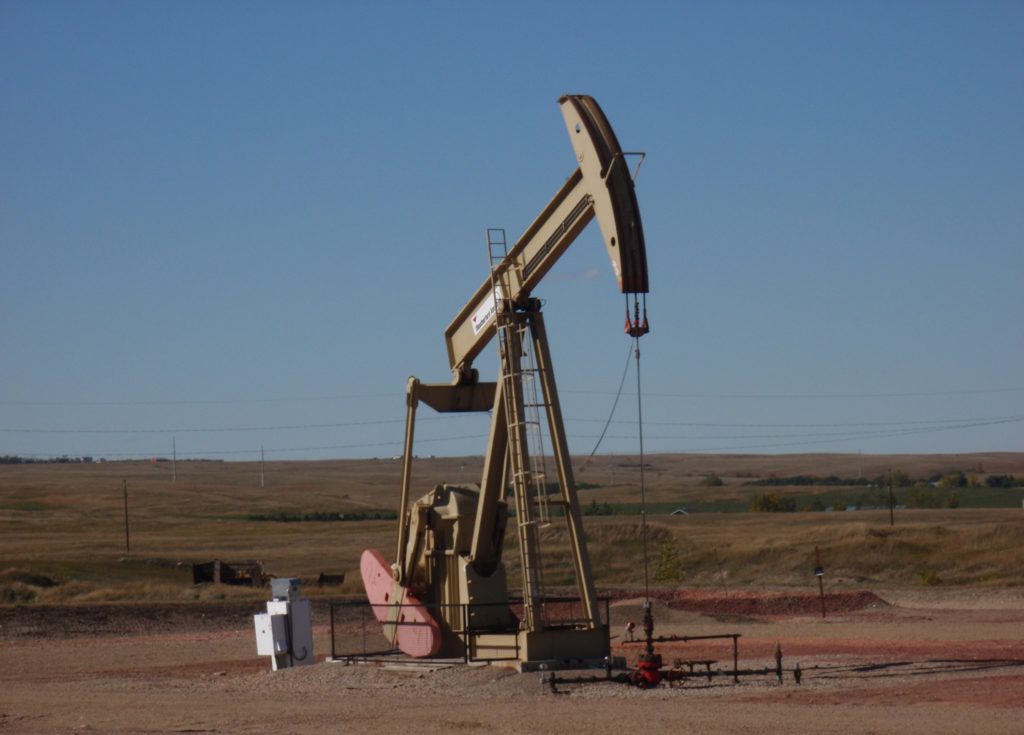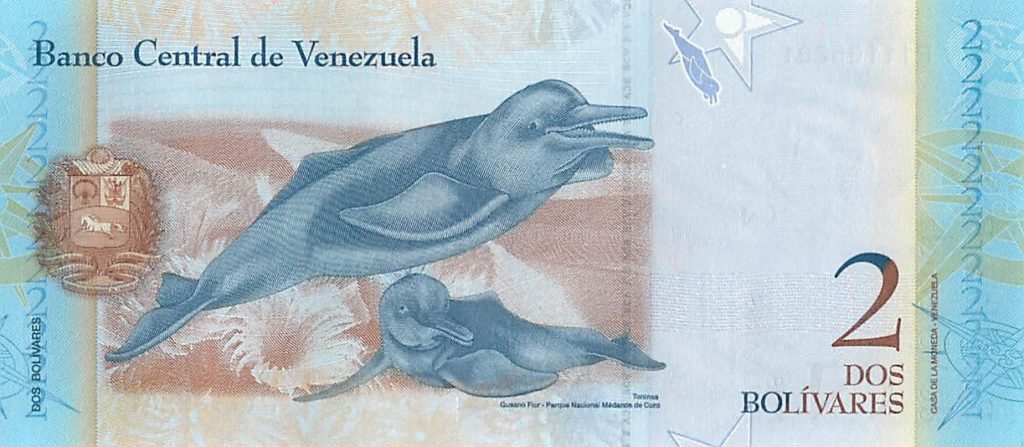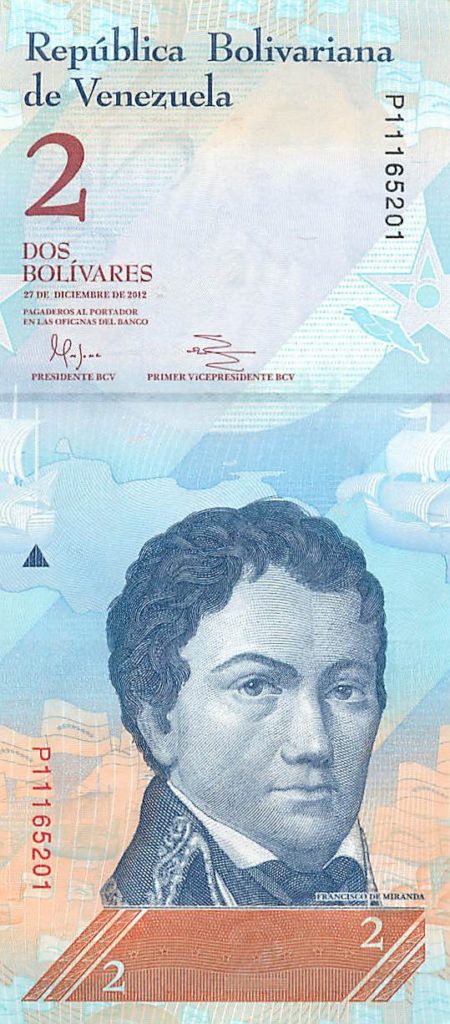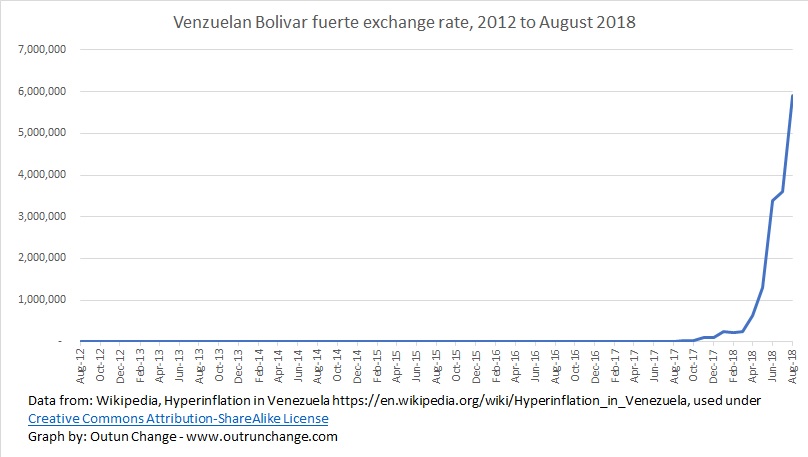Inflation was so severe in Venezuela during the 2017 and 2018 timeframe that currency in circulation was worthless. In 2018 the government replaced the previous currency, called the Bolivar fuerte (Bs.F) with a new currency, called the Bolivar soberano (Bs. S).
The exchange rate was 100,000 of the old Bs. F. for 1 of the new Bs. S. . Essentially that lopped five digits off currency and prices.
To illustrate the concept, the highest denominated old currency was 100,000 Bs. F. The lowest denominated new currency was 2 Bs. S., which is the equivalent to 200,000 Bs. F.
In 2019 the government issued three extremely high denomination notes. More on that in future posts.
This post and the next will illustrate the 2018 currency. As you would expect it is beautiful. Full-color, with nice portrait on the obverse, fun illustration of animals on the reverse, a metal security band, and a large watermark.
The currency is a delight to view. Each obverse and reverse is a lovely work of art. I’m being serious. The generous doses of sarcasm heaped on socialism will follow later. For the moment let’s enjoy the visually pleasing currency.
The obverse, or front, of the 2018 series:
2 Bs. S., equal to 200,000 Bs. F.
Josefa Camejo
5 Bs. S., equal to 500,000 Bs. F.
José Felix Ribas
Continue reading “Front (obverse) of Venezuelan currency issued in 2018.”
